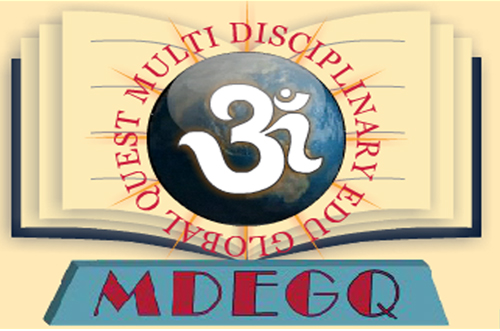ISSUES OF TEACHER EDUCATION PROGRAMME
Kothari Commission begins its report with this remark ‘The destiny of India is being shaped in its classrooms’. No doubt a sound programme of education plays a significant role in nation’s development and the quality of the education programme is greatly determined by the quality of teachers. Hence, in order to improve the quality of education, it is necessary to have a sound programme of professional education of teachers. In our country we have the B.Ed programme to train secondary school teachers. Kothari Commission (1964-66) (Para no 4.02) pointed out that “unfortunately, the professional education of teachers has been comparatively neglected in the post-independence period” in spite of the recommendations made by various commissions and committees. In their opinion, “The quality of training institutions remains with a few exceptions, either mediocre or poor”. It means somewhere there must be some lacuna in their professional development.
The first step of B.Ed. programme is the selection of the candidate to be trained. The purpose of selection is to choose the candidate, who really possesses an aptitude for teaching, having a sound knowledge of their subject, having a positive attitude towards teaching profession. The present position of selection of candidates for training in India is not satisfactory. The criterion for selection, in a way, is academic record, which are neither valid nor reliable. The second determinant of B.Ed. programme deficiencies is the time period provided for the training of teachers. In our country, the period of training of teachers for secondary schools has all along been of one year after graduation-the effective session being of eight to nine months. The existing training programme does not provide adequate opportunities to the student teachers to face the varied type of situation faced in their real teaching life. In general a trainee has to teach 40 lessons spread out during the whole session. The method of teaching followed in the schools, their curricula and various requirements there in are totally different from those advocated and actually implemented in the teacher education departments. No efforts have been made to regulate demand and supply in accordance with requirements of various subject teachers. Many international school and English medium schools are opened in India. And comparative to these very less teacher education institutions are available. There is a considerable lag between the number of teachers required and the number of teachers made available to the market.
